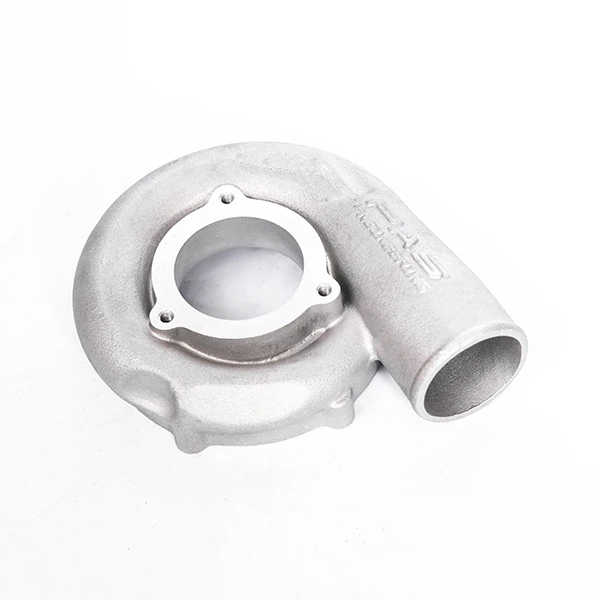Mobile:+86-311-808-126-83
Email:info@ydcastings.com
Spanish
closed impeller
Understanding Closed Impellers Design, Functionality, and Applications
Closed impellers are essential components in various fluid dynamic machinery, particularly in centrifugal pumps, fans, and compressors. They play a crucial role in the efficient movement of fluids by converting rotational energy into fluid energy. This article explores the design, functionality, and applications of closed impellers, highlighting their importance in modern engineering.
Design and Structure
A closed impeller consists of several key components the hub, vanes, and shroud. The hub is the central part that connects to the motor or drive shaft, while the shroud is the outer casing that encloses the impeller. The vanes, located between the hub and shroud, are designed to propel the fluid outward as the impeller rotates. Unlike open impellers, which have no shroud covering the vanes, closed impellers provide a more efficient flow path and reduced turbulence.
The design of a closed impeller allows for higher pressures and flow rates, making them ideal for applications requiring significant fluid movement. The stability provided by the enclosed vanes minimizes the risk of cavitation, a phenomenon where vapor bubbles form and collapse, potentially causing damage to the impeller and reducing efficiency.
Functionality
The primary function of a closed impeller is to generate flow and pressure in liquids or gases
. When the impeller rotates, it imparts kinetic energy to the fluid, which is then converted into pressure energy as the fluid moves through the pump or fan. This process can be described in several steps1. Suction The fluid enters the impeller through the eye, the central opening of the hub. 2. Acceleration As the impeller rotates, the vanes accelerate the fluid outward towards the shroud. 3. Pressure Increase The design of the vanes directs the flow smoothly around the impeller, contributing to an increase in pressure as the fluid moves towards the discharge. 4. Discharge The pressurized fluid exits the impeller and continues through the pump system or piping network.
closed impeller

The efficiency of closed impellers stems from their ability to maintain a consistent flow path, reducing energy losses and enhancing performance. This makes them preferable in applications where reliability and efficiency are critical.
Applications
Closed impellers are widely used in various industries due to their effectiveness. Some common applications include
- Water Supply and Wastewater Treatment Closed impellers are frequently used in centrifugal pumps that transport water for municipal supply or treat wastewater. - Industrial Operations They are utilized in processes that require the movement of liquids and gases, such as chemical processing and HVAC systems. - Marine and Power Generation In marine applications, closed impellers are often found in pumps for ballast and bilge, while in power generation, they are crucial for cooling systems.
In addition, closed impellers are increasingly being implemented in emerging technologies like renewable energy systems, where efficient fluid dynamics play a vital role in performance.
Conclusion
Closed impellers are a fundamental aspect of fluid management in engineering applications. Their design, which maximizes efficiency and reduces turbulence, positions them as a preferred choice in various industries. Understanding the functionality and applications of closed impellers not only highlights their importance in mechanical engineering but also emphasizes the continual advancement of technology aimed at improving fluid movement solutions. As industries evolve, the role of closed impellers will remain pivotal in enabling efficient operations and sustainable practices.











